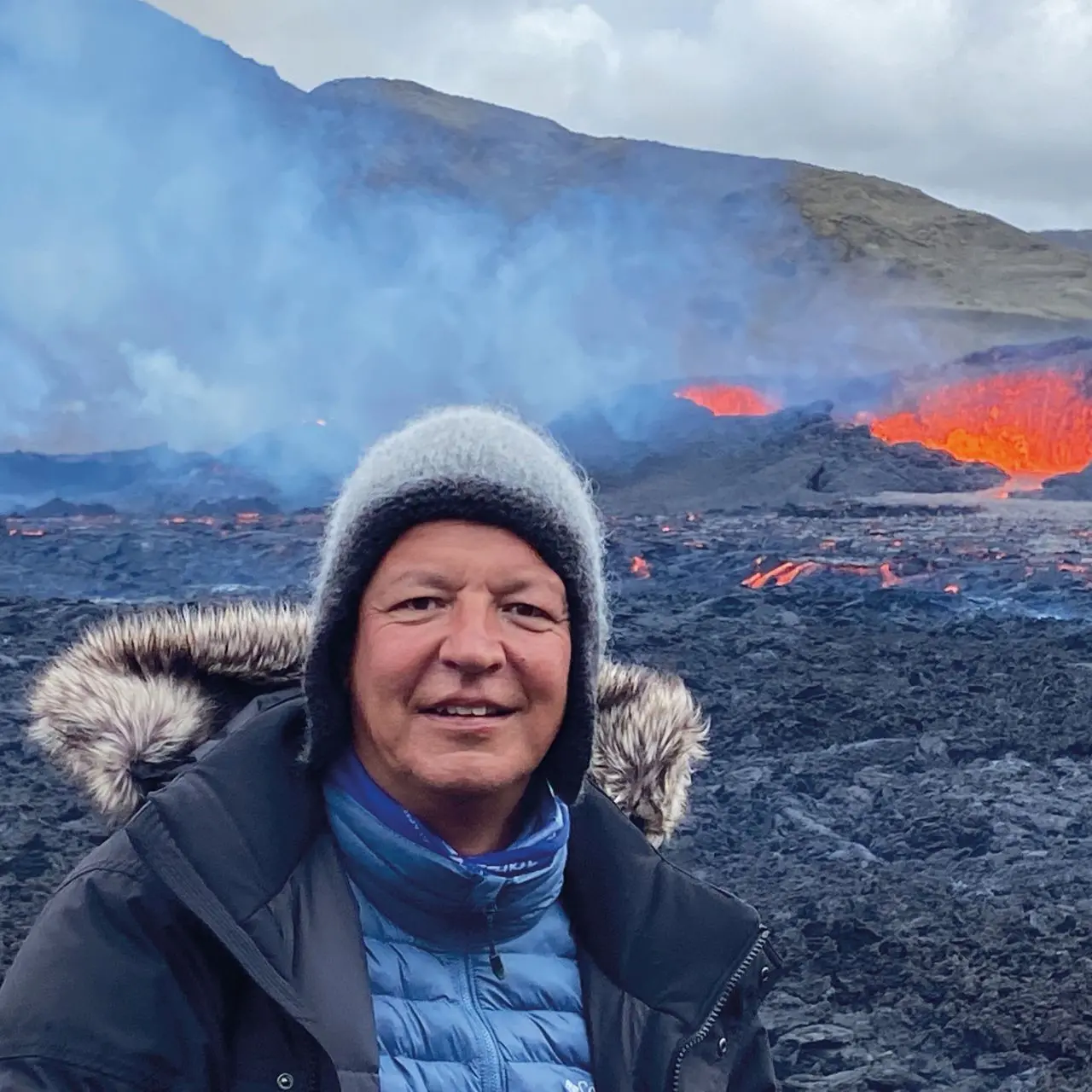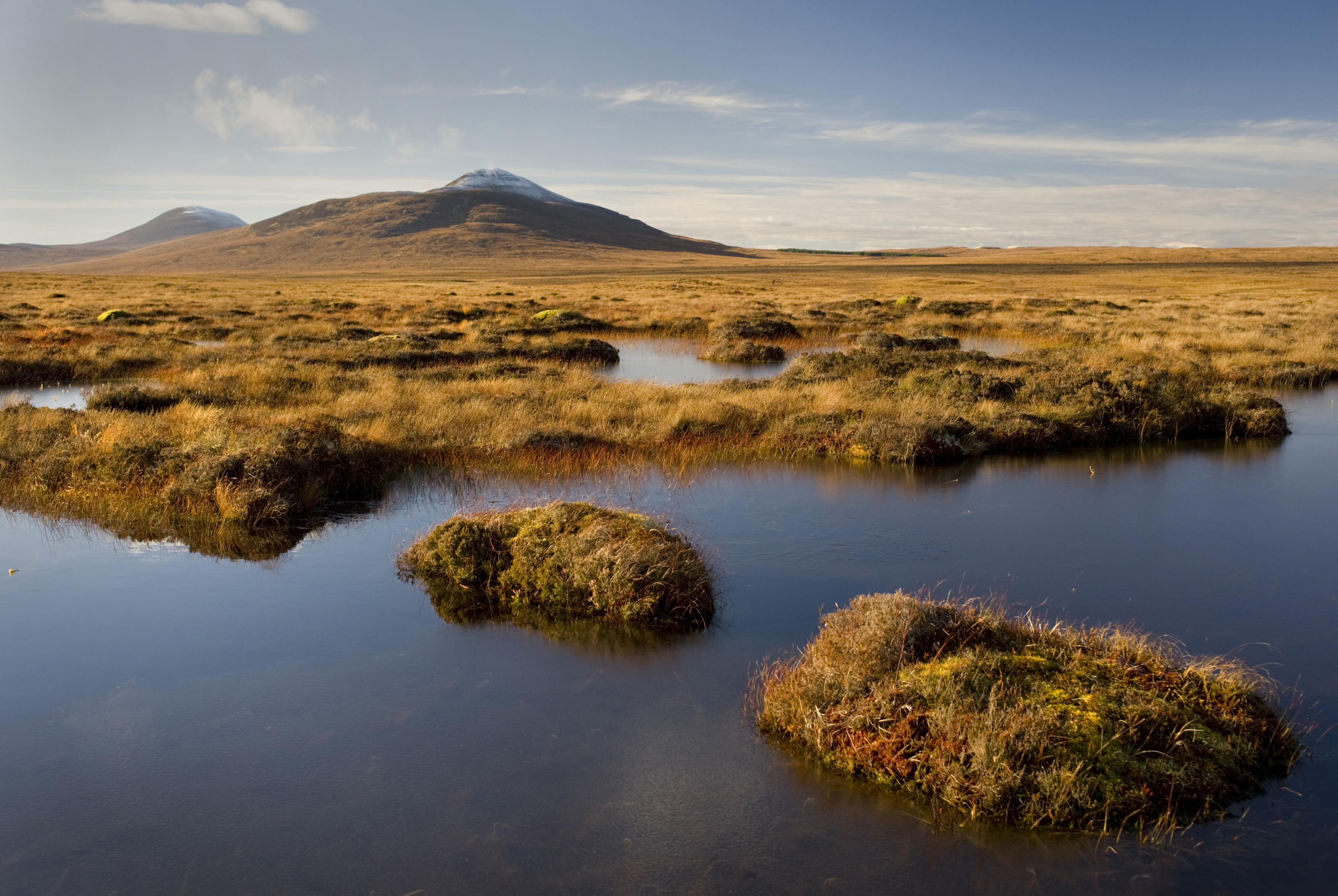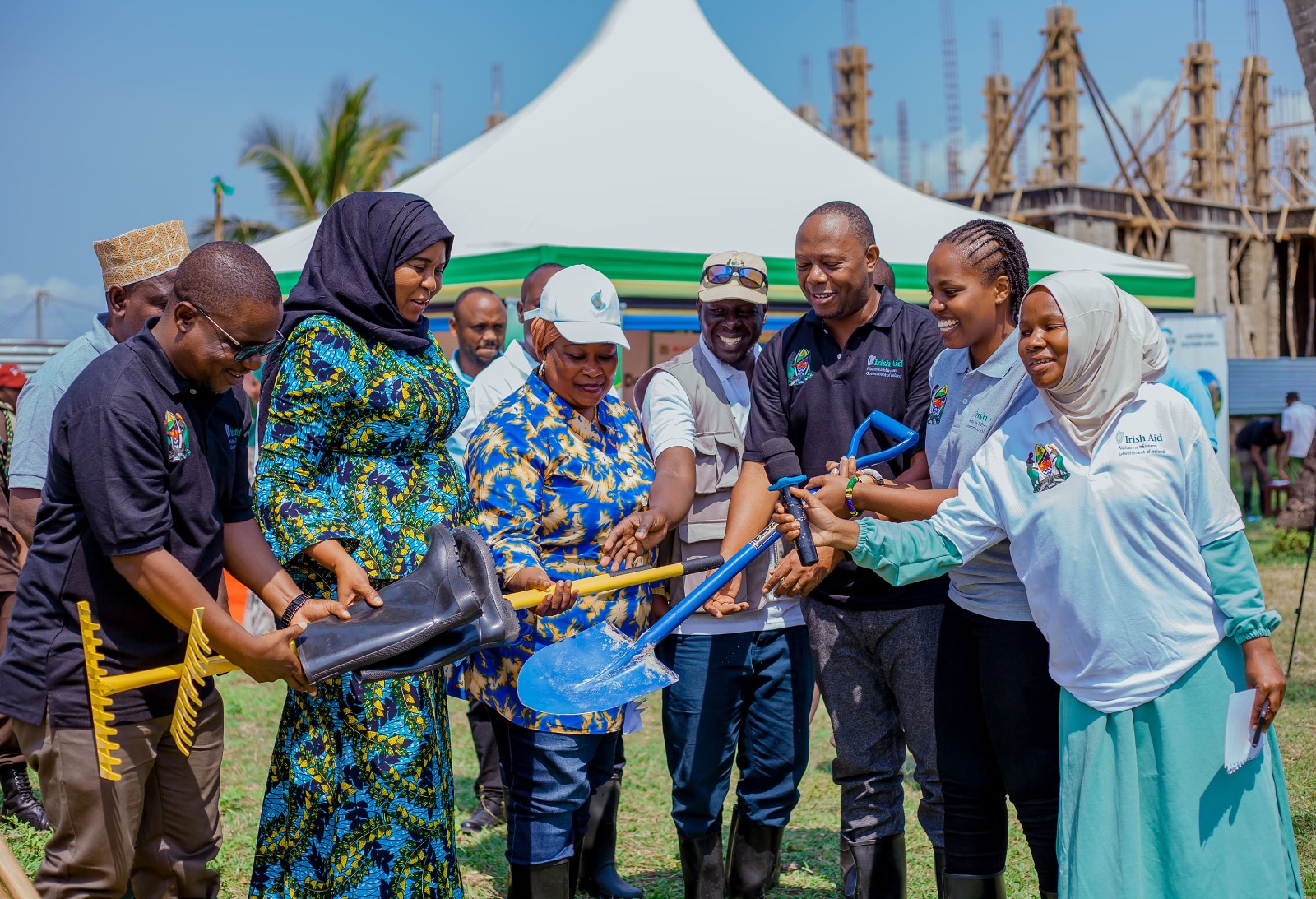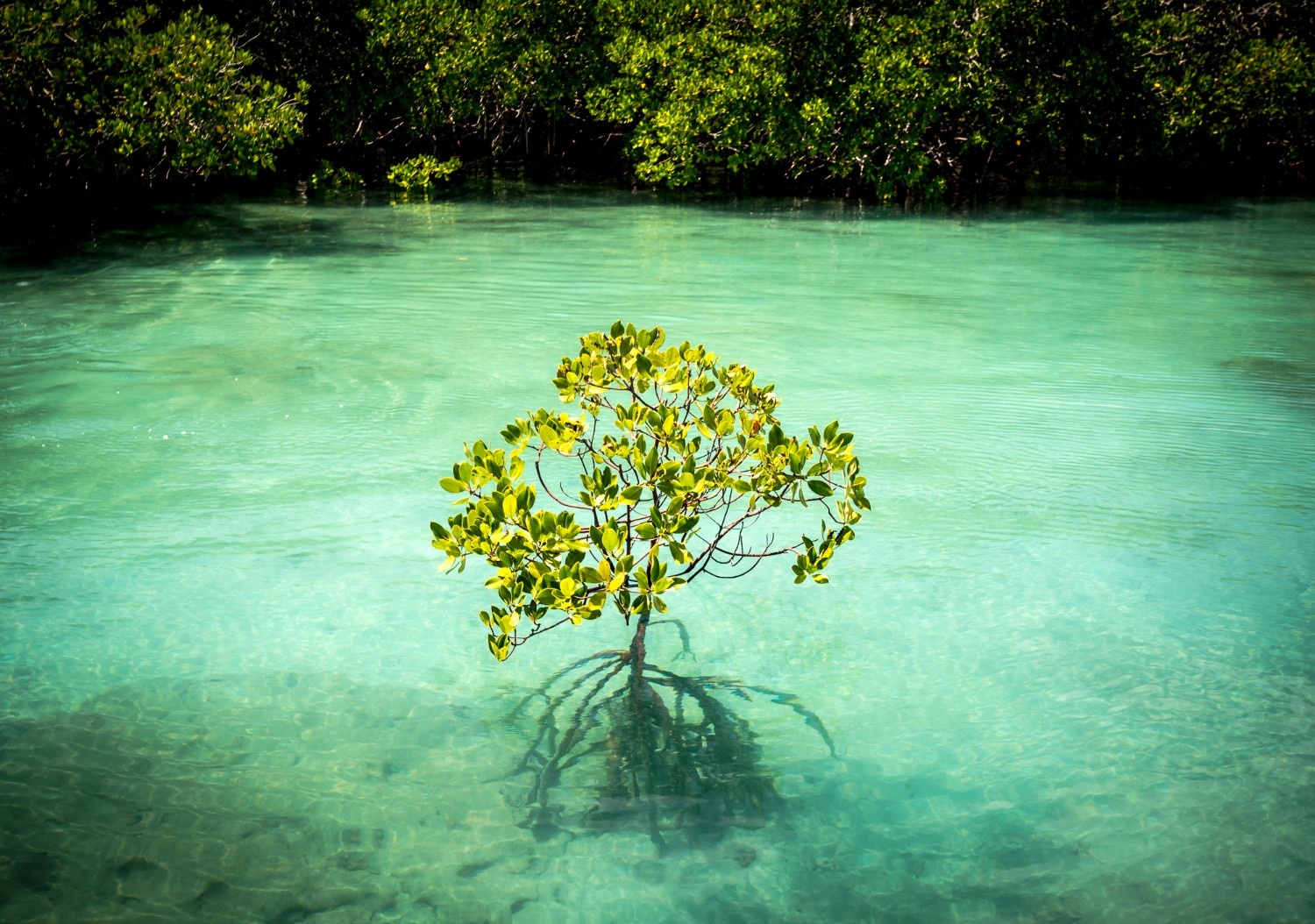Dr Monge-Ganuzas works with three IUCN Member organisations dedicated to geo-conservation: ProGEO (the International Association for the Conservation of Geological Heritage); the Spanish Geological Society; and the Spanish Society for the Defence of Geological and Mining Heritage (SEDPGYM). He is also a Member of the Geoheritage Specialist Group of IUCN’s World Commission on Protected Areas.
What is geoconservation?
We define geodiversity as the variety of natural elements – minerals, rocks, fossils, landforms, sediments, soils – and the geological processes that alter them. Together with biodiversity, this constitutes the entire natural diversity of the planet.
In many ways, geodiversity underpins biodiversity and provides society with benefits, both ecological and cultural. The fluctuations of a stream in the mountains can impact species living in a river downstream, for example, or rocks in a lake can influence the pH, which determines what can live in there. An effective conservation strategy helps raise awareness of the geological component of ecosystem services. We need rocks, we need soils, we need geological processes, and we need minerals for the development of all life.
Geoheritage compiles the elements of geology that together represent the history of the Earth; both non-living, such as layers of rock, and living, such as fossils. Understanding geoheritage allows us to know, study and interpret the evolution of the Earth.




